Ultimate Guide to Choosing the Best AA Battery Replacement for Your Devices
In today's technology-driven world, finding the right AA battery replacement is essential for ensuring the longevity of our battery-operated devices. According to a report by Grand View Research, the global battery market is expected to reach $120 billion by 2028, driven largely by the rising demand for portable consumer electronics. With the vast array of options available, from alkaline to lithium-ion batteries, consumers often face challenges in selecting the most suitable replacement for their needs. Interestingly, a recent survey by Battery University indicates that approximately 60% of users are unaware of the differences in battery types and their respective advantages. This guide aims to demystify the selection process by providing expert insights and practical tips, enabling you to make informed decisions when choosing the best AA battery replacement for your devices.

Understanding AA Battery Specifications: Voltage, Capacity, and Chemistry
When selecting an AA battery replacement for your devices, understanding the specifications is crucial. Voltage typically for AA batteries is standardized at 1.5 volts for alkaline types, while rechargeable nickel-metal hydride (NiMH) batteries offer 1.2 volts. This difference in voltage can affect the performance of devices, especially those that require a specific input voltage to function optimally. According to the Battery University, many electronic devices are designed to work within a range of voltage tolerances, which helps accommodate both types of batteries.
Capacity, measured in milliampere-hours (mAh), indicates how long a battery can power a device before needing a recharge or replacement. Alkaline AA batteries generally have capacities around 2000-3000 mAh, while NiMH rechargeable batteries typically range from 600 mAh to 3000 mAh, depending on their design. A 2007 report by the U.S. Department of Energy highlighted that NiMH batteries can be more cost-effective in the long run due to their rechargeability, despite the higher upfront costs. Understanding these specifications not only aids in choosing the right battery but also ensures that devices operate efficiently and sustainably over time.
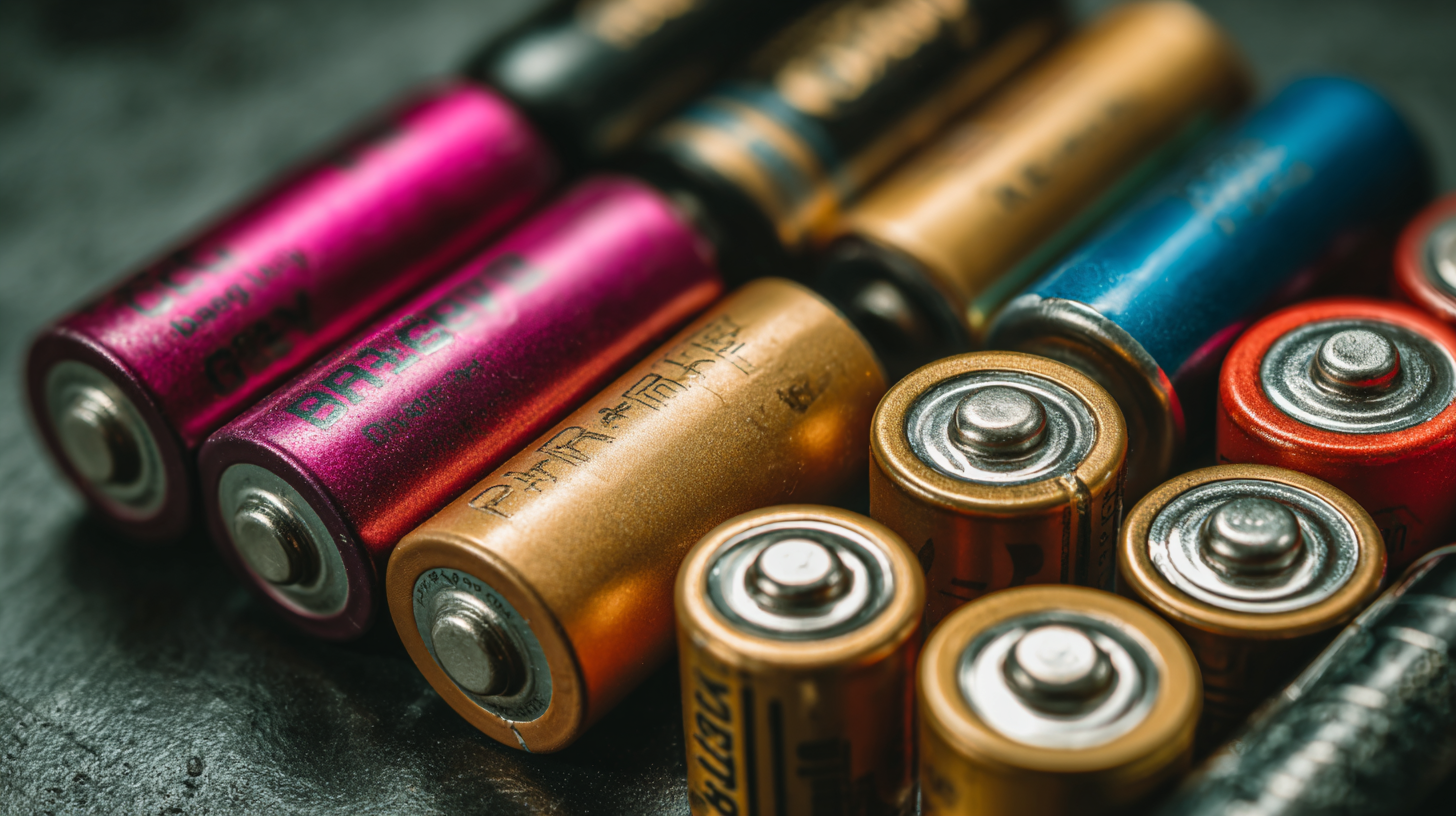
Evaluating Battery Lifespan: How to Compare Usage Time Across Brands
When selecting the best AA battery replacement for your devices, evaluating battery lifespan is crucial. Different brands often vary significantly in their performance, impacting how often you'll need replacements. To compare usage times effectively, consider testing batteries under similar conditions, as temperature and device usage patterns can influence longevity.
Tips for evaluating battery lifespan include checking the milliamp-hour (mAh) rating, which indicates the energy capacity of the battery. Higher mAh ratings typically signify longer-lasting power. Additionally, look for user reviews and expert opinions on specific brands and models. These can provide real-world insights into how long batteries last in various devices.
Another important factor is the type of battery chemistry. Alkaline batteries may offer good performance for low-drain devices, while lithium batteries are often more suitable for high-drain applications, providing longer life. To ensure optimal performance, always consider the specific demands of your devices when choosing between different battery options.
Battery Lifespan Comparison for AA Battery Replacements
Eco-Friendly Options: The Rise of Rechargeable AA Batteries in 2023
The rise of rechargeable AA batteries, particularly Nickel Metal Hydride (NiMH), reflects a growing trend towards eco-friendly power solutions as we navigate a world increasingly reliant on sustainable energy. In 2023, the battery market is witnessing a significant shift, driven by the surging demand for electric vehicles and the push for renewable energy storage. NiMH batteries are becoming a popular choice, not only due to their efficiency but also because they offer a reduced environmental impact compared to traditional lithium-ion options.
Manufacturers are prioritizing sustainability throughout the battery's life cycle, from material sourcing to recycling processes. This commitment is evident in new EU regulations aimed at ensuring that batteries minimize their carbon footprint, thus appealing to environmentally-conscious consumers. As this landscape evolves, rechargeable AA batteries are poised to become the go-to option for powering everyday devices, making a meaningful contribution to energy sustainability goals while providing consumers with reliable performance.
Cost Analysis: Budgeting for Battery Replacements vs. Rechargeables
When considering battery replacements for devices, one crucial factor is the cost associated with different types of batteries, particularly between disposable and rechargeable options. Analyzing the long-term expenses is essential for consumers aiming to make economical choices. While disposable AA batteries may seem cheaper upfront, the recurring costs add up over time, especially for high-usage devices. For instance, frequently replacing these batteries can quickly surpass the initial investment of a quality rechargeable battery.
Rechargeable batteries, despite a higher initial cost, offer significant savings in the long run. The ability to recharge and reuse batteries multiple times reduces waste and lowers the overall expenditure. Additionally, as the global market for batteries continues to grow, with projections indicating increases across various segments, choosing the right battery type not only impacts personal budgets but also aligns with sustainability goals. Ultimately, evaluating the cost-effectiveness and environmental impact of battery choices is critical in today's tech-driven world.
Ultimate Guide to Choosing the Best AA Battery Replacement for Your Devices - Cost Analysis: Budgeting for Battery Replacements vs. Rechargeables
| Battery Type | Average Cost per Battery | Average Lifespan (Hours) | Total Cost for 10 Batteries | Rechargeable? |
|---|---|---|---|---|
| Alkaline | $0.50 | 20 | $5.00 | No |
| Lithium | $1.50 | 40 | $15.00 | No |
| NiMH Rechargeable | $2.00 | 25 | $20.00 | Yes |
| Li-ion Rechargeable | $3.00 | 30 | $30.00 | Yes |
Safety Standards: What to Look for in Quality AA Battery Products
When selecting a quality AA battery replacement, safety standards should be your foremost consideration. Look for batteries that comply with established safety certifications, such as UL (Underwriters Laboratories) or CE (Conformité Européenne). These certifications ensure that the batteries meet rigorous safety and performance criteria, significantly minimizing the risk of leaks, overheating, or even explosions. Additionally, reputable manufacturers will often provide clear labeling, indicating their batteries have undergone thorough testing to confirm their safety features.
Another key aspect to consider is the materials used in the battery's construction. Opt for rechargeable batteries that utilize advanced technology, such as lithium-ion or nickel-metal hydride (NiMH), which are known for their safety and efficiency. Batteries that contain harmful substances like cadmium or lead are not only unsafe but also environmentally unfriendly. Moreover, pay attention to the company's track record regarding recalls and customer feedback. A reliable brand that values safety will have a transparent history and promptly address any safety issues that arise. By focusing on these factors, you can ensure that you choose a safe and effective AA battery replacement for your devices.
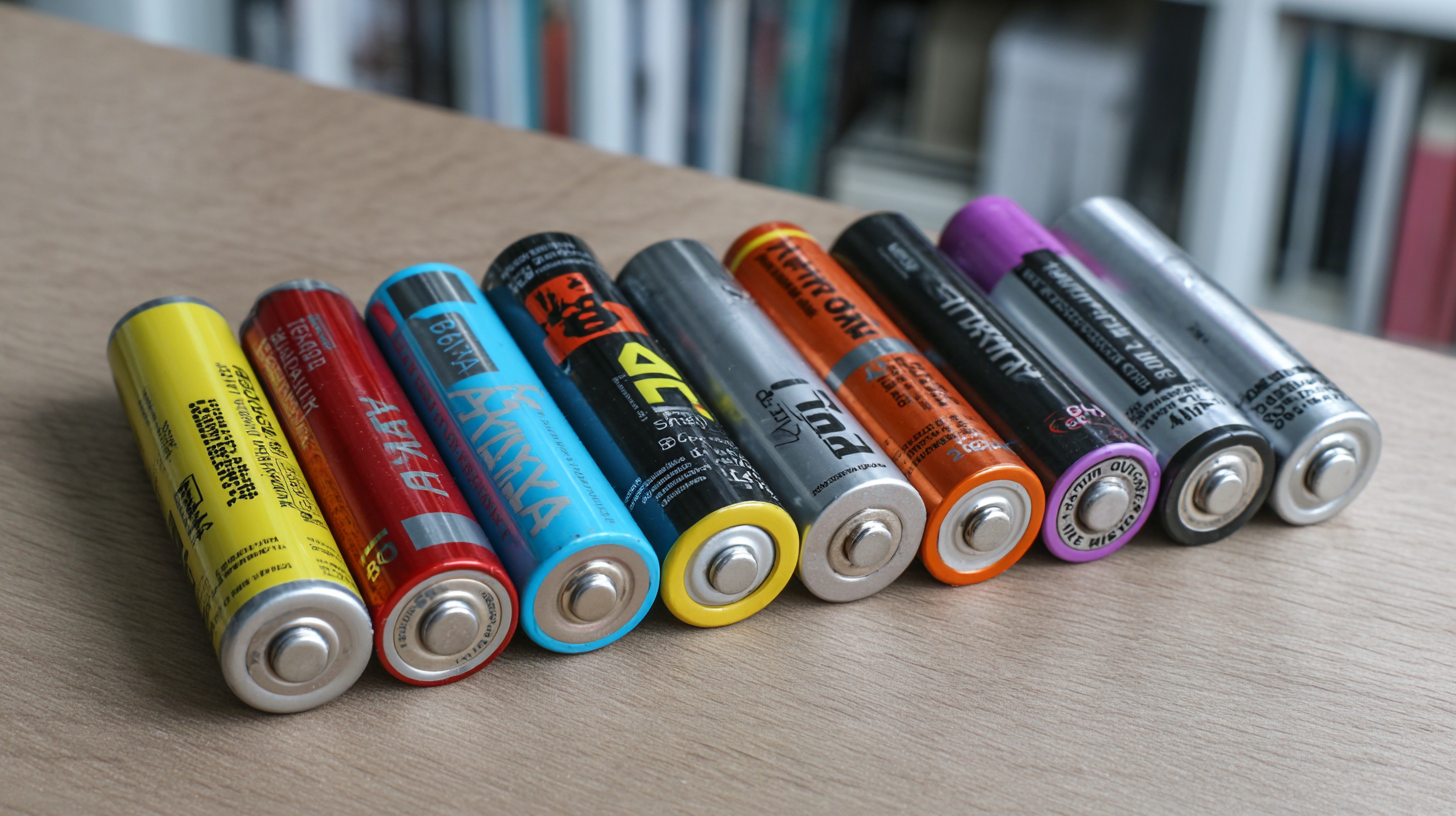
Related Posts
-
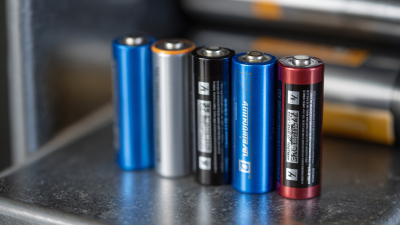
Your Ultimate Guide to Finding the Best AA Battery Replacement for Every Need
-
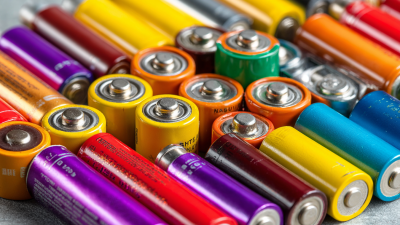
How to Choose the Best Bulk AA Batteries for Your Business Needs
-
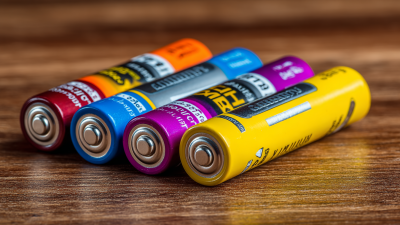
Ultimate Guide to Comparing the Best AA Batteries for Every Need
-
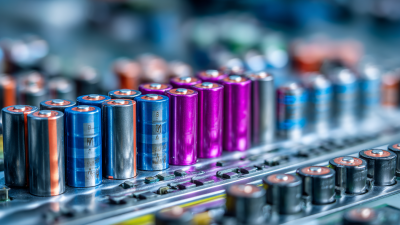
Empowering Innovation: How Chinese Manufacturing Leads the Charge with Best Double AA Batteries
-

Ultimate Guide to Double A Batteries Comparing Performance Lifespan and Efficiency
-

7 Compelling Reasons to Choose the Best CIC Rechargeable Hearing Aids for Your Hearing Needs
